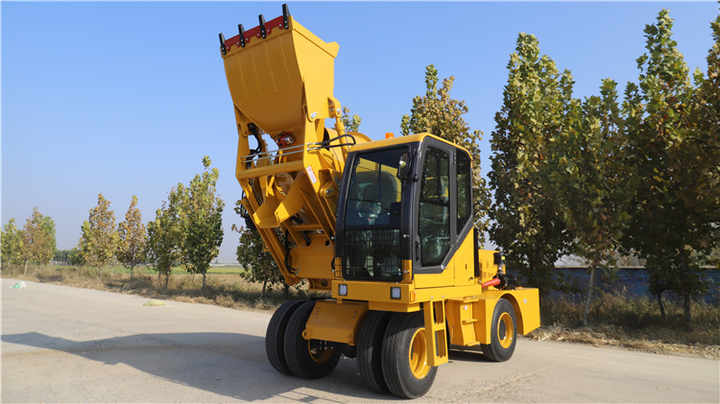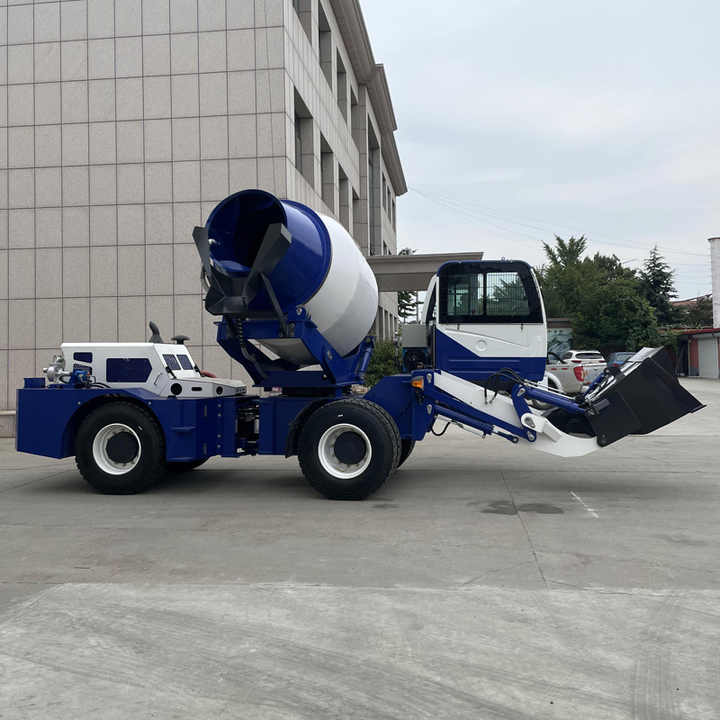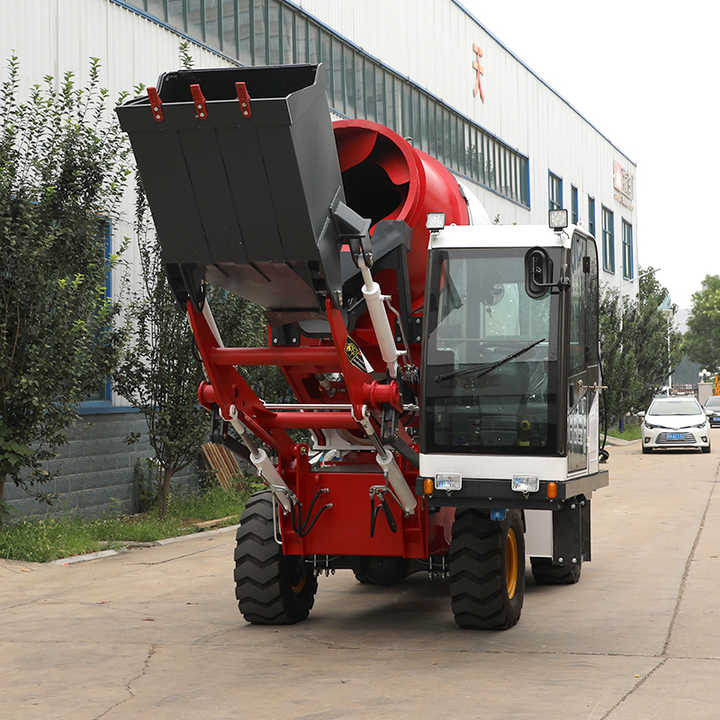Whatsapp: 8613978656878
Email: admin@slojx.com
Key Performance Parameters in Selecting a Concrete Mixing Pump Zoom GlobalMech Corp Technical Guide
Views :
Update time : 2025-10-17
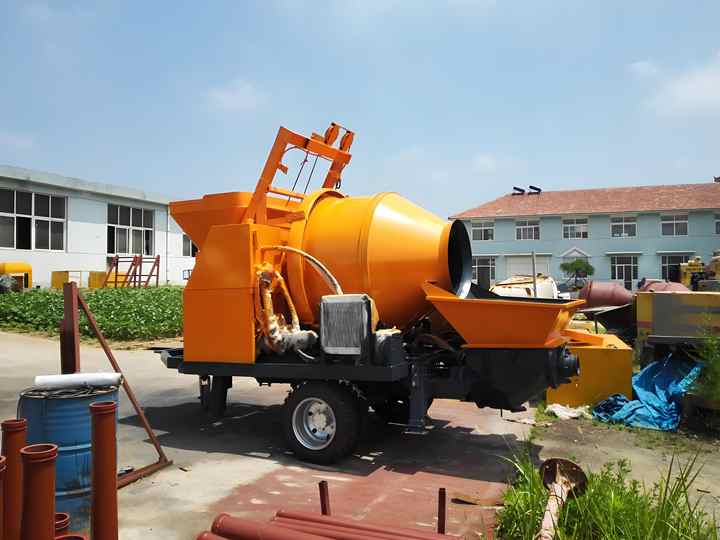
When a project schedule, budget and quality are all on the line, choosing the right concrete mixing pump becomes the single most critical equipment decision a contractor will make. Zoom GlobalMech Corp engineers are often asked, “Which numbers on the specification sheet really matter?” The short answer is: all of them—if they are matched correctly to the job conditions. Below we walk through the eight performance parameters that consistently separate a profitable pour from an expensive headache.
1. Nominal Output and Pressure Curve
Output, usually expressed in m³/h, tells only half the story. A pump that can move 60 m³/h at 30 bar may drop to 35 m³/h when the pressure climbs to 60 bar because of the thicker, higher-resistance mixes used in columns or shear walls. Zoom GlobalMech Corp publishes full pressure-volume curves rather than a single headline figure; check that the desired flow is still available at the maximum pumping pressure the line will impose.
2. Maximum Aggregate Size and S-Tube Geometry
A 200 mm S-tube can physically pass 40 mm stone, but the real question is how often it will do so without blockages. Our R&D tests show that block rates double every 5 mm that the aggregate exceeds one-third of the S-tube diameter. When you expect 32 mm aggregate, select an S-tube at least 180 mm to keep safety margin on the job, not just in the lab.
3. Power-to-Weight Ratio
High-rise contractors love diesel engines above 200 kW for their ability to hold constant rpm under load, but city ordinances increasingly restrict axle weights. Zoom GlobalMech Corp solves the dilemma with a dual-power option: a 199 kW Tier 4 Final diesel for road travel and a 250 kW electric motor that can be bolted on inside the city core where emissions laws are strictest. One chassis, two power modules, zero permitting delays.
4. Hydraulic Oil Cooling Capacity
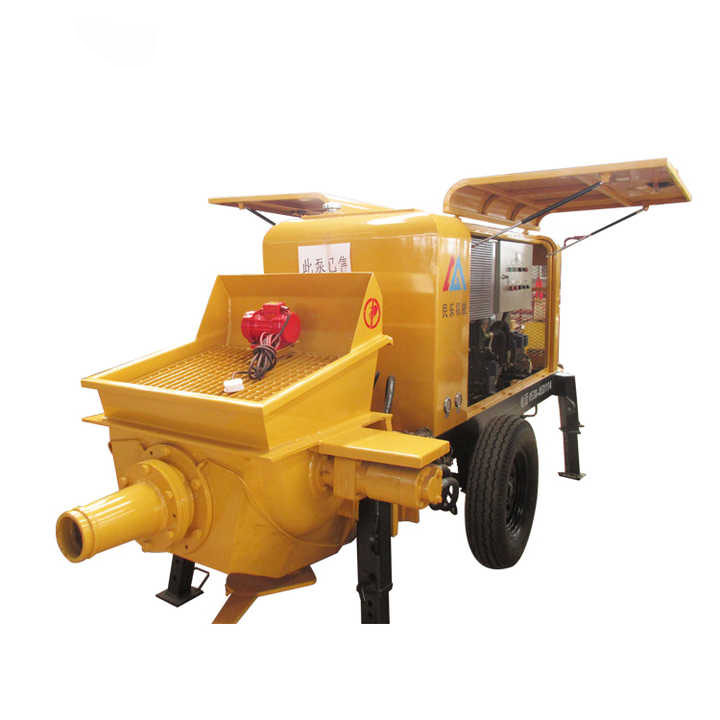
A pump that overheats on the tenth pour of a summer day is a pump that will be replaced before the project ends. Look for radiators sized for 40 °C ambient plus a 15 % safety factor, and variable-speed fans that drop noise to 68 dB(A) at night. Zoom GlobalMech Corp uses hydraulically driven fans tied directly to oil temperature, cutting fuel burn by 9 % compared with belt-driven alternatives.
5. Wear Parts Lifetime
Liners, pistons and spectacle plates are profit killers if they need replacement every 10 000 m³. Chrome plating thickness is easy to advertise but hard to verify; insist on a third-party wear certificate. Zoom GlobalMech Corp plates to 0.35 mm and laser-clads an additional 0.15 mm tungsten-carbide overlay, doubling typical life to 28 000 m³ on C30 mix with 5 % silica fume.
6. Boom Reach vs. Outrigger Footprint
A 38 m boom that needs 6 m of front outrigger space is useless on a congested downtown lot. Finite-element software now allows longer booms with narrower X-outriggers. Our 38Z model fits in a 4.2 m corridor yet still offers 270° rotation before any repositioning, saving an average of 45 minutes per pour according to customer feedback from the Miami Metro project.
7. Cleaning Water Demand
Water tanks smaller than 600 L often force operators to call for a second truck just for washout. Zoom GlobalMech Corp integrates a 1 000 L stainless tank and a 120 bar piston pump that recycles last-cube water through the hopper, cutting fresh-water use by 40 % and earning LEED points on green builds.
8. After-Sales Telemetry
A modem that merely flags fault codes is yesterday’s news. Zoom GlobalMech Corp pumps stream 32 live parameters to the cloud every 30 seconds; machine-learning algorithms predict seal failure 50 hours in advance and automatically order parts to the depot closest to the next job site. Downtime on our North American fleet has fallen 27 % since the system launched.
Conclusion
Selecting a concrete mixing pump is no longer about picking the biggest number on a brochure; it is about matching a matrix of eight inter-dependent parameters to the realities of climate, mix design, site geometry and local regulation. Zoom GlobalMech Corp invites contractors to use the checklist above as a non-negotiable specification sheet. Do so, and the only surprise on pour day will be how quickly the truck queue disappears.
Related News
Read More >>
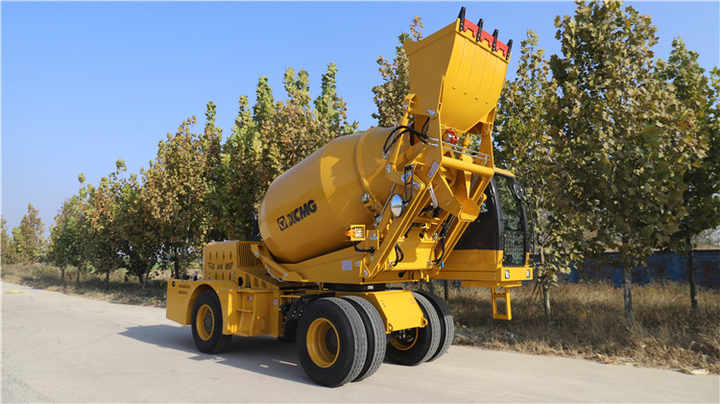 Specifications & Guideline
Specifications & Guideline
11 .09.2025
Specifications & Guidelines for Safe Concrete Pumping Operations

